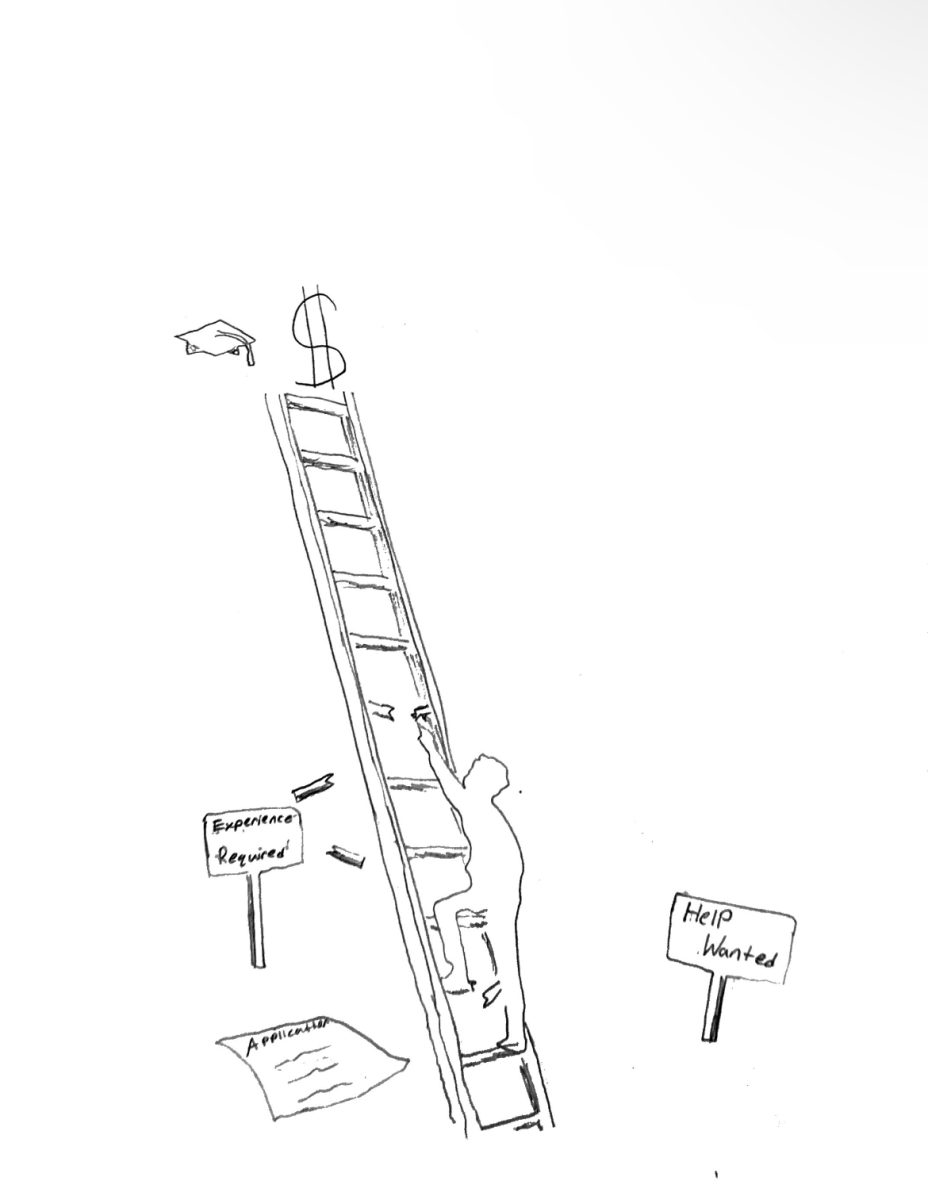Attending college football games at a parent’s alma mater, parading around in numerous sweatshirts with a school’s logo or title proudly presented on the front or continuously calling out a school’s slogan or catchphrase: there are many ways for us to embed the idea of a dream school in our mind.
My personal definition of a dream school is a specific college that one fantasizes about attending or the only institution someone can see themselves at. The type of school where a single rejection letter will cause a mental breakdown and make a student question even going to college at all; from my experience, these breakdowns ruin one’s self esteem and confidence.
While I completely support the practice of “aiming high” and “trying your best,” prospective college students should not have an idea of a dream school because it will only set them up for failure if they are rejected. According to a recent self-reported Bark survey, 61 percent of students said they had a “dream school.” And out of seniors that applied to college, only 33 percent were accepted into universities they considered to be their first choice, leaving the majority feeling let down and likely defeated.
Understanding that dream schools almost inevitably set students up for failure, the Princeton Review even equates dream schools to reach schools, calling them “long shots.” Reach schools are defined as “a college where your academic credentials fall in the lower end, or even below, the school’s average range for the cohort of students accepted the previous year.” These dream-type schools are called reaches for a reason; they’re schools that you have a slim chance of getting in to, schools that shouldn’t be counted on for admittance. While holding onto that hopeful possibility might be enough to get someone through the college admissions process, it will in no way prepare an individual for the worst case (and most likely) scenario in which they are rejected.
Some may argue that dreaming about a specific school may encourage students to work harder on schoolwork and on required tests such as the SAT or ACT and put more effort into certain applications, such as essays specific to one particular school. However, a negative outcome will only be worse knowing that you did everything in your ability to gain entry to a university and still did not achieve this goal. Additionally, spending more time on one application compared to another will only further instill the idea that a particular individual belongs at only one specific school and worsen the consequences if a rejection letter arrives.
When a student only pictures themselves at a particular university they’ve idealized, they become less optimistic about their future at other schools they applied to and may not fairly weigh their options when they need to make a choice of which to attend. Take one of my friend’s application process for example: if she didn’t get into her dream school, her only backup plan was to take a gap year and reapply for the following fall term, rather then consider other schools that might also be a good fit for her. While she ended up getting accepted, I wonder what the outcome would have been had she not been; being so set on one life path leaves no visualization when it comes to what school may really be best for someone.
Dream schools only create a stressful environment where students are unable to relax or see the glass as half-full, versus having an open mind keeps students optimistic and confident in their future. A dream school is just that: a dream. While it might one day be a reality, in no way does it guarantee the desired outcome; in fact, it may only blur high school seniors’ vision when it comes to the college application process.
According to the Bark survey, over 40 percent of seniors applied to at least 10 schools––including myself. I sent in applications to a dozen different schools, not to entertain myself with the 34 essays I had to write, but to give myself options when decisions came out. By never conceiving the idea of a dream school, I was able to stay optimistic and ecstatic every time a large, colorful envelope arrived in my mailbox, no matter whether it was a safety school or a reach. Because of this true optimism, a single rejection never left me brokenhearted or lessening my self worth to say the least as I only looked forward to a great next four years in college, no matter where or how that would happen.
Dream schools establish high, often unachievable standards for students to aim for, and create a mindset in which one school is “the only option.” These standards hide the idea that there is a school out there for everyone: a school that has the potential to turn into a dream as long as you make the most out of it. While childhood nostalgia or U.S. News rankings may tell a different story, it is possible to be successful wherever one ends up.








